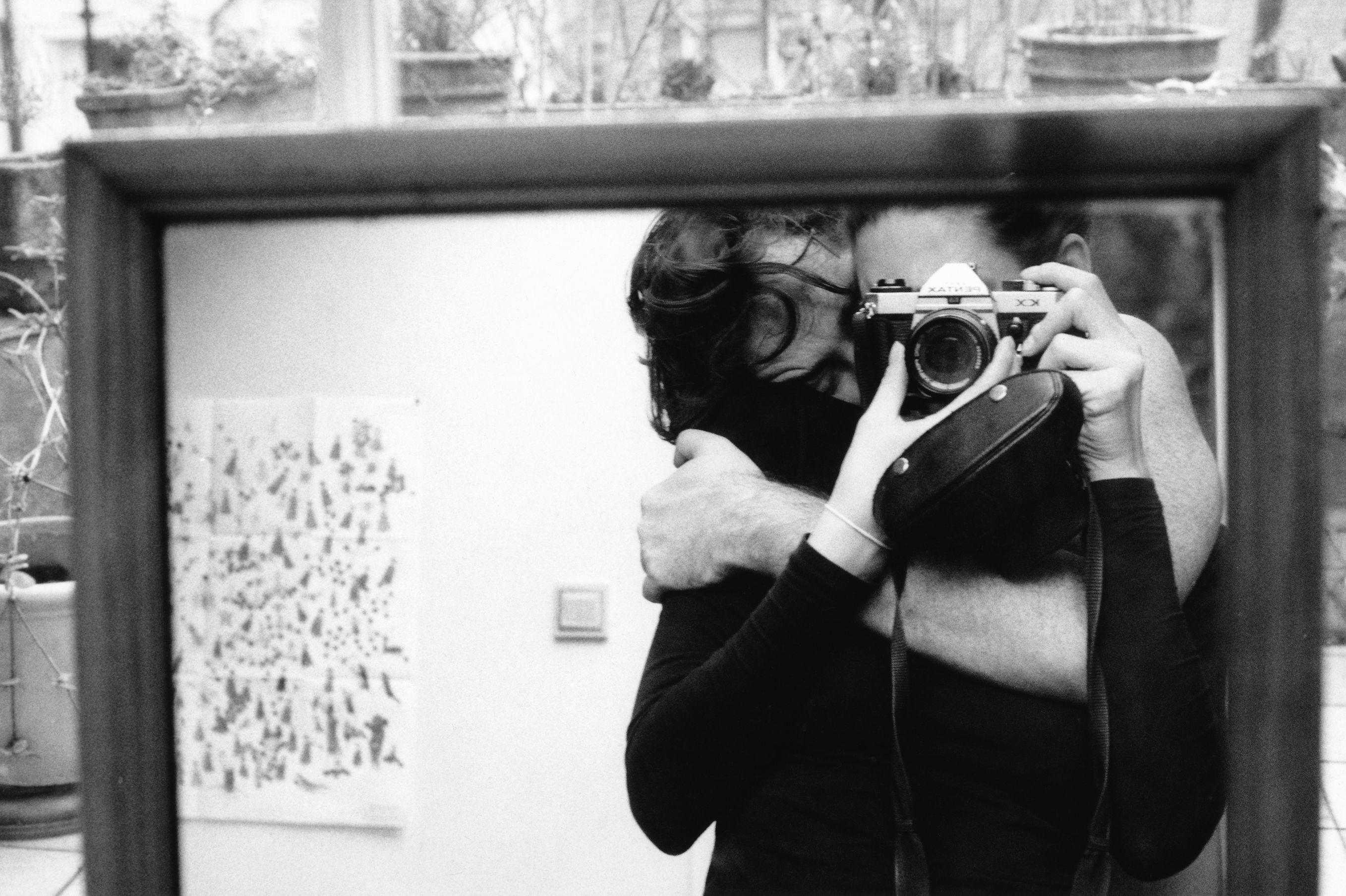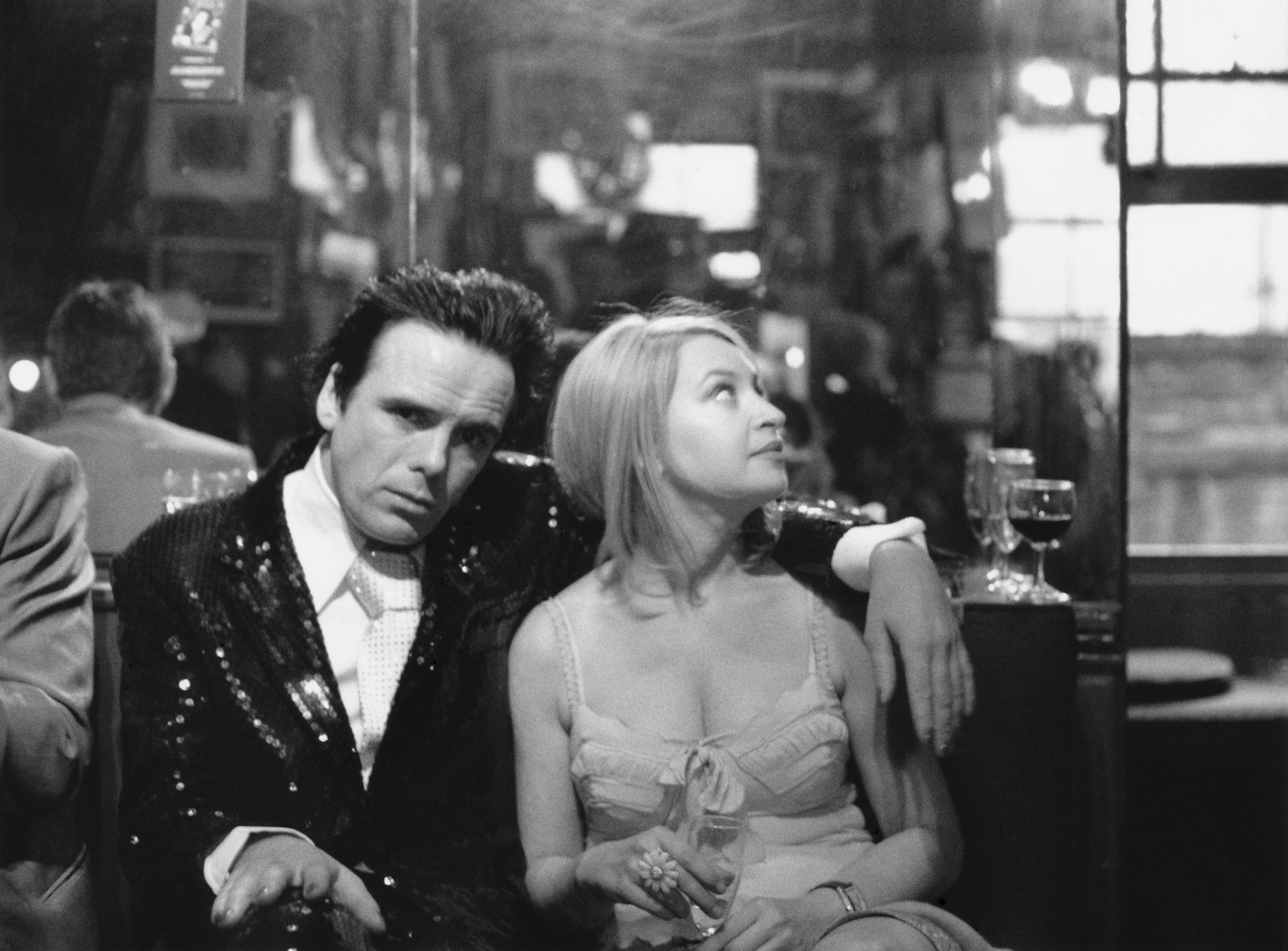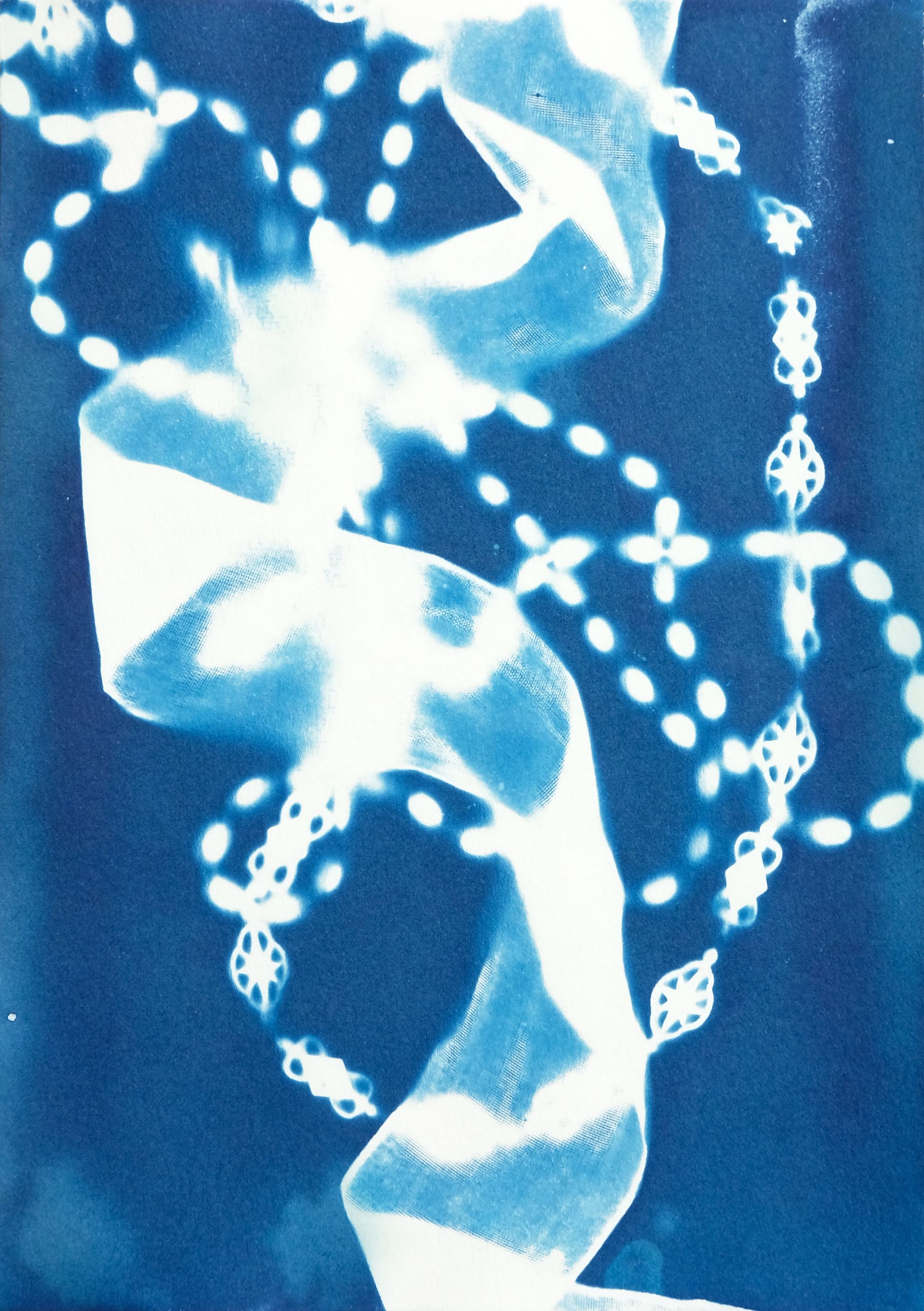
The east-London based Carla Borel is a portrait and fine art photographer whose imagery is synonymous with London’s Soho, although she is not a native to the legendary district. Born in Paris, she was raised between the desert wonderland of Las Vegas and the quiet domesticity of a Hampshire village, and became one of Soho’s adopted children upon moving to London in her early 20s, working as a croupier in Mayfair casinos, a bar tender at the legendary drinking den The French House, and a gallery assistant in London’s art world, where she worked with influential curator Emma Dexter. You can find images from her celebrated StillSoho series in the postcard collection of most major art galleries, which remains one of the most iconic portrayals of London in recent years. With its lens focused upon themes of transience, identity, community, and loneliness, her photography has often provided a candid window into a bohemian netherworld, although her most recent project Salon Bijou turns the camera upon objects in order to explore memory and loss. Here, the image-maker, whose work has been published in the likes of Harper's Bazaar and L'Uomo Vogue tells Culture Collective how childhood exposure to the seedy glamour of Las Vegas set her out on her journey into the photographic medium, deep dives into the emotional spectrum of nostalgia, and explains why the fast-disappearing hedonistic aura of Soho provided her with an unparalleled education in the human spirit.
Can you remember what turned you on to the visual image?
I was always really into music and fashion, and loved looking at photographs. My mum used to be a Las Vegas showgirl and she had been in Diamonds Are Forever, so there were her photos at home, and there was always an element of glamour about her. When I was 13 years old, she bought me a copy of Marie Helvin’s Catwalk: The Art of Model Style, and I loved looking at her pictures, and reading about her relationship with David Bailey. From that, I got into different fashion photographers, such as Helmut Newton, Steven Meisel, and Peter Lindbergh, and all the supermodels. This was the late-80s, early-90s. I was very much into the Liz Tilberis era of Vogue, The Face, and Sky, as well as more poppy mags like Smash Hits. I think what resonated with me was the glamour, excitement and the sense of the fun it could be living in a city like London or New York. I didn’t know that I would end up becoming a photographer – I just knew I had to move to London and be part of that life in some way.

When did you start to realise your passion professionally?
I didn’t start shooting until I was in my mid-20s, after I finally moved to London. I was working as a croupier at the time and was desperate to do something different. The job sounds really glamorous, but it’s like a glorified factory job with no product at the end, while wearing a posh frock and getting insulted and sexually harassed by gamblers. Photography gave me a respite from all that. I bought my first SLR from the Fox Talbot shop opposite Charing Cross station and taught myself how to use it. Nightmare. Loads of mistakes, and bad pictures. But I kept going. In the casino, I made a friend called Gayle and I used to photograph her a lot. I was trying to emulate the black-and-white fashion shots I’d been looking at as a teenager. Then I went to Soho, and that opened up a whole new world.
Tell us about your Soho series The Animals Were Beautiful....
I was going through a difficult time in my life and I needed something to set me back on track, so I started a creative recovery programme called The Artist’s Way, from a book by screenwriter Julia Cameron. It is a very loving and nurturing process that encourages you to play. There are writing exercises and weekly tasks, and, at one stage, there’s a week of no reading at all, no books, newspapers, emails, nothing. I did allow myself a quick check of emails and social media in the mornings, but the rest of the day, no reading. Because I couldn’t sit with myself at home, I went out in the days a lot and instead of reading the papers on the tube, I took photos. I started to get some really good results and after the no reading week was finished, I continued. What had started as a way to pass the time, became an obsession. All the photos in the series are shot on an iPhone 5c. They are first taken in colour and then processed into black-and-white in Instagram, as if it was a darkroom. The photos are mainly of reflections, so they are not actually of the people in the shots. No one ever stopped me or questioned what I was doing. I think people thought I was taking photos of myself.

As someone who has documented the people of Soho for so long – how do you believe Soho is changing?
I’m sad to say that Soho is changing for the worse–the bohemian side of things is slowly disappearing, and it is becoming generic and unremarkable. Hopefully, independent businesses like The French House, Maison Bertaux, The Coach and Horses, and Algerian Coffee Stores can still survive. Soho was where I found my community, my tribe; where I finally found somewhere I belonged. My life changed overnight when I started working at The French House. All of a sudden, I was surrounded by all these amazing people–artists, writers, publishers, actors. And in this pub, you’re not just a barmaid, you’re part of it all, so you meet everyone and get invited to everything. The elegant hedonism was so seductive and exciting. It was like a cultural utopia. I worked at the French House for about seven years. I still see Lesley, the owner, as my Soho mum, and all the staff I worked with are my family. I learnt so much there. The first couple of years was such an education, learning about all the previous regulars like Francis Bacon and Lucian Freud, and John Deakin, who photographed them all, and actually becoming friends with people like Harry Diamond and Oliver Bernard, who had been part of that scene in the 50s and 60s. All of this was hugely influential for my own work.

What made you want to explore nostalgia in your latest series Salon Bijou?
I do have a tendency to look to the past in my work but I didn’t really set out to explore nostalgia, it just kind of happened as I was developing the project. My influences and references were artists who make work about the family, tenderness, memory, and personal objects. In particular, Tracey Emin’s early works about her loved ones were especially poignant; and conversely, Michael Landy’s Breakdown where he destroyed a home full of personal items. When my Nan died in 1999, I inherited a few of her things, a charm bracelet, her tarot cards, and so on. I also have some letters she sent me over the years. By putting these things all together as a display at home they took on the form of a shrine to my Nan, and shooting these objects during the lockdown allowed me to explore other ways of working which were totally new to me.

Where does the title Salon Bijou come from?
My Nan had a hair dressers in Herne Bay called Salon Bijou. I grew up hearing stories about it, and I heard about it so many times it was almost like I was there. The building is still there and it is still a hairdressers. When things started opening up, I made the trip to Herne Bay in May 2021 and I had my hair cut at the salon. It was both an emotional experience and an anti-climax. I realised that I had been somehow wishing that it would bring my Nan back to me in some way. And that also, these stories I'd grown up with were not mine, they were not my memories.
Images: Self Portrait, StillSoho series; Rose Sharon, Salon Bijou series; Sebastien & Babette, The Colony Rooms, StillSoho series; Untitled, Salon Bijou series; Untitled,And The Animals Were Beautiful series. All images courtesy of the artist.